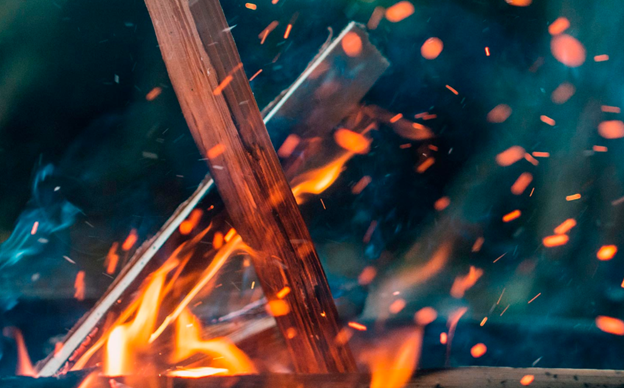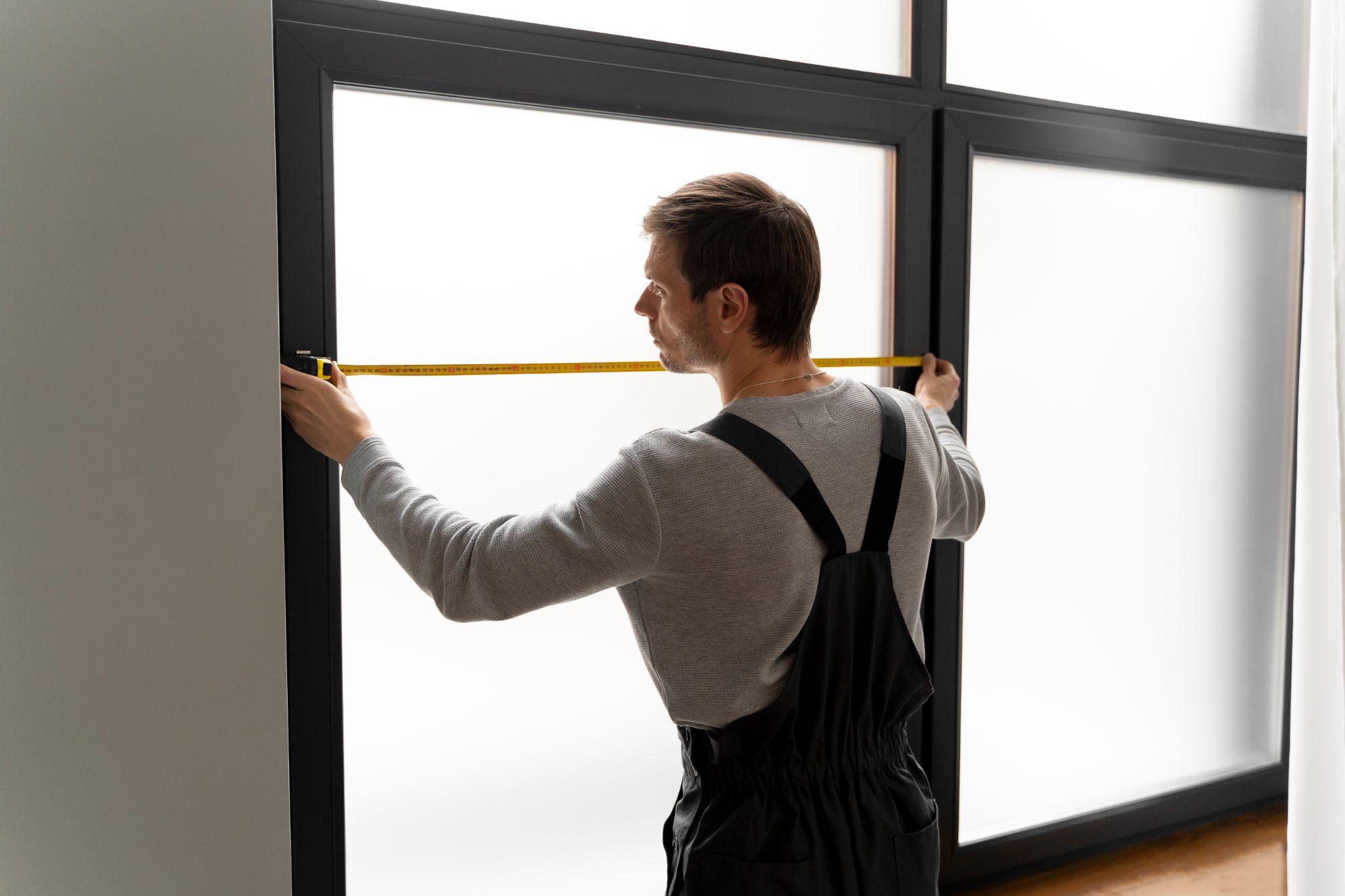In a lot of homes, factories, and public spaces, fire-resistant coatings play a pivotal role in ensuring our safety and minimizing destruction. These coatings act as a protective shield, buying precious time for evacuation and limiting damage. However, their effectiveness hinges on one critical factor, which is correct application.
Regardless of your property, fire-proofing is a massive investment. Messing it up isn’t just a waste of money, but potentially harmful. Let’s examine
The Importance of Proper Application
When applied properly, these coatings create a protective barrier over surfaces, slowing down the spread of flames and reducing the risk of structural failure. In contrast, poor application can lead to disaster. Coatings that are too thin or uneven leave vulnerabilities for the fire to exploit, rendering the protective effort almost useless.
Common Mistakes in Fire-Resistant Coating Application
1. Not Preparing the Surface Properly
Proper preparation is the foundation of a successful coating application. It’s like baking a cake: you wouldn’t toss flour, sugar, and eggs into a pan without greasing it first, right? Similarly, you can’t just slap fire-resistant coating onto any old surface. The surface needs to be cleaned, repaired, and primed before the coating can work its magic.
If you skip this step, the coating won’t adhere properly. This can lead to peeling, cracking, or flaking when exposed to high heat. In a fire, this could be the difference between a contained blaze and a full-blown inferno.
2. Incorrect Mixing or Application
Manufacturers provide specific and essential guidelines on how to mix and apply their products, and deviating from these instructions can be risky.
Improper mixing can result in an uneven application. If you don’t apply the coating consistently, it won’t provide the level of protection you’re expecting. The devil’s in the details here.
3. Applying Inadequate Coating Thickness
Imagine building a sandcastle with walls as thin as toothpicks. It won’t hold up when the tide rolls in. Similarly, applying too thin a layer of fire-resistant coating won’t provide the necessary protection. The coating needs to be of a certain thickness to withstand the high temperatures and flames of a fire.
On the flip side, don’t overdo it. Applying an excessively thick layer can lead to problems too. It might not adhere properly, leading to cracks or peeling. Plus, it’s wasteful. It’s all about finding that sweet spot in coating thickness.
4. Ignoring Environmental Factors
These coatings are sensitive to their environment. Factors like humidity, temperature, and exposure to UV rays can affect their performance.
For instance, in a high-humidity environment, the coating may not dry properly, leaving you with a gooey mess. On the other hand, excessive exposure to UV rays can cause the coating to degrade prematurely. It’s like sunscreen for your house, and just like sunscreen, it needs the right conditions to work.
5. Skipping Regular Inspections and Maintenance
Once the coating is applied, it doesn’t mean you can forget about it. Neglecting regular inspections and maintenance is like skipping your annual checkup at the doctor. The coating can deteriorate over time due to weather, wear, and tear. If you don’t keep an eye on it, you might not realize it’s failing until it’s too late.
Regular inspections allow you to identify and address any issues early on. Maintenance, like touch-ups or reapplications, can keep your fire-resistant coating in tip-top shape. It’s like giving your house a booster shot to keep it protected.
Conclusion
Fire-resistant coatings are like your trusty shield against the dragon of destruction – fire. However, their power lies in the hands of those who apply them. Avoid the common mistakes of neglecting surface preparation, mixing, or application, and ensure the coating is of the right thickness.
Pay attention to the environment and don’t forget about regular inspections and maintenance. By following these best practices, you can harness the full protective potential of fire-resistant solutions, keeping your property and loved ones safe from the flames.







